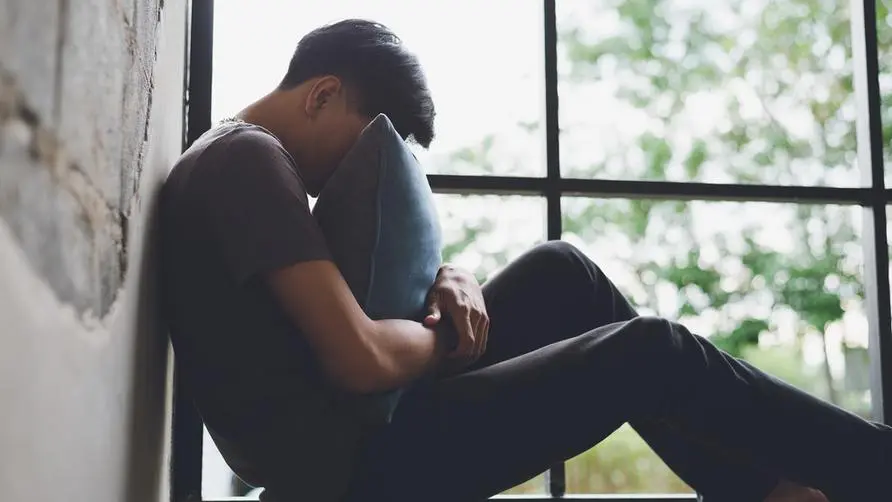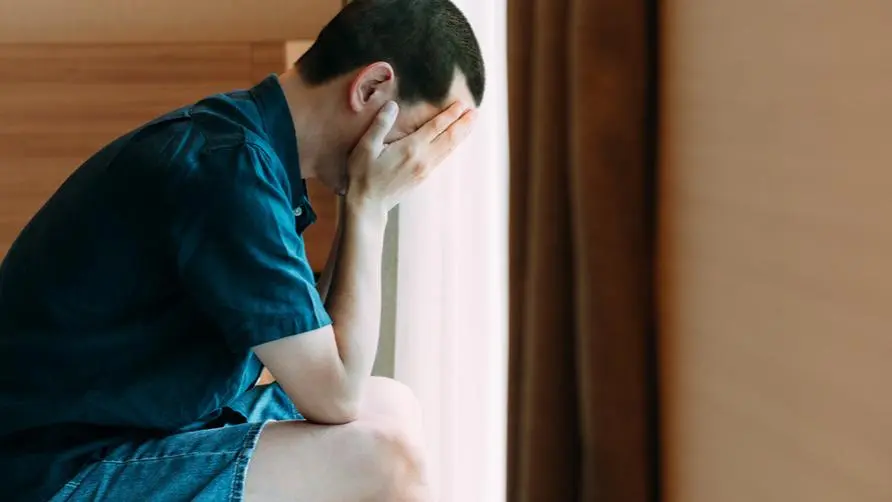Internet bullying, sexual violence, depression and despair! Study: One in three teenagers have attempted suicide

One-third of teenagers have attempted suicide! Experiencing online bullying and sexual violence is more dangerous
Are individuals, families, and peers all potential sources of stress, causing the suicide problem among young people to be more serious than imagined? A study jointly released by the University of Washington and New York University pointed out that a survey of about 7,500 high school students in the United States found that more than one-third of teenagers have attempted suicide. Among them, adolescents who experience cyberbullying, feelings of sadness and hopelessness, sexual violence, smoking and drug abuse are more likely to have suicidal thoughts.
In addition, research has also found that some adolescents with suicidal thoughts have external symptoms such as worries about social relationships, physical discomfort or behavioral problems. Parents and caregivers must consider whether such symptoms are related to underlying suicidal thoughts and depression symptoms. The study also suggests that clinicians should establish a harmonious relationship with adolescents who have attempted suicide. Building a sense of trust and understanding the true inner problems of adolescents is an important key to preventing and treating suicide.
Headache and stomachache a warning sign of depression in teenagers? Abnormal behavior may be a sign of suicide
The combination of depressive symptoms and antisocial behavior is the most common cause of suicide among teenagers. At least three-quarters of those who die by suicide have more than one depressive symptom. When depression attacks in the acute stage, teenagers may complain of headaches and stomachaches. , tingling sensation in legs or chest.
When teenagers show signs of losing interest in daily life, reducing effort, being unruly, abusing drugs and drugs, and being repeatedly absent, it may be necessary to note that the teenager is suffering from mental or social pain, which may increase suicidal thoughts, and then leading to suicidal behavior.
Teen suicide notifications increased by 168%! Are individuals, families, and peers all sources of stress?
The Taiwan Depression Prevention and Treatment Association pointed out that the number of reported youth suicide cases in Taiwan in the past ten years has increased from 3,979 to 10,659, a significant increase of 168%. Clinically, it has been found that the factors that influence adolescent suicide can be divided into three major aspects: individual, family and school peers:
First, personal factors, such as lack of adjustment, rigid thinking, antisocial behavior, emotional impulsivity, mental illness, school dropout, substance abuse, etc. Second, family factors, such as poor relationship with parents, family conflicts and disputes, domestic violence, caregivers’ failure to pay attention to adolescent emotions and full of negative emotions, parents with mental illness, etc.; third, school and peers, such as relationships with peers poor, poor peer support, being bullied, academic pressure, and poor satisfaction with school.
The three factors of personal, family and school peers will influence each other. Although facing the above factors does not mean that teenagers will commit suicide. However, if they lack proper adjustment or their own adjustment ability is insufficient, immature teenagers may commit suicide as a way to escape the pressure. method. It is necessary to understand the individual, family, school and peer factors of the case in order to provide appropriate and complete care.
Use popular language to communicate with teenagers to build trust and identify sources of stress
The Taiwan Depression Prevention and Treatment Association stated that when caring for teenagers who have attempted suicide, it is necessary to establish a good therapeutic human relationship with them, make good use of teenagers’ popular language as a communication tool, and listen, care and empathize with their feelings. Help can also be expressed through appropriate physical contact and non-verbal means to find ways to help teenagers reduce stress and transfer negative emotions, and then further teach them relaxation skills and strengthen their sense of self-identity.
On the family side, in addition to establishing a good relationship of trust with the family members of the case, it is also necessary to increase family members’ understanding of the disease and suicide prevention measures, including awareness of dangerous environments and objects, to guide family members to face the case problems together, and to call out the family members through the closest family members , Strengthen the survival motivation of teenagers. As for schools and peers, they must understand the learning status and stress sources of teenagers, discuss positive ways to deal with stress, and teach teenagers appropriate interpersonal interactions to improve interpersonal problems that may cause physical and mental stress.
The Taiwan Depression Prevention and Treatment Association recommends that paying attention to the problem of youth suicide requires patient listening and companionship from family members and medical teams. Teenagers should also be taught coping and stress-relieving skills to help them reduce negative thinking and suicidal thoughts. Encourage family members to spend time with teenagers so that teenagers can feel the warmth of the family and their love for them. It is recommended that teenagers understand their own situation, express their inner feelings appropriately and participate in outdoor activities, find positive ways to improve the pressure from individuals, families, and schools, and stay away from the risk of suicide.
Source:
Youth Mental Health and Suicide Prevention - Taiwan Ministry of Health and Welfare
Youth Suicide Problems and Nursing Care - Taiwan Depression Prevention Association
Further reading:





